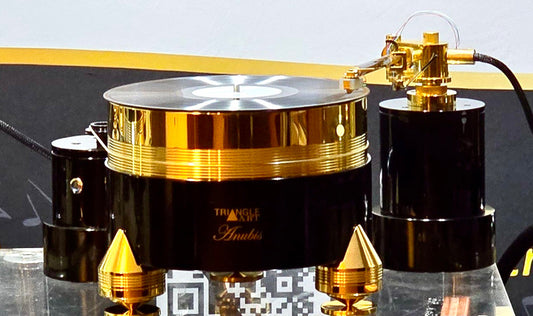As he lay down in bed, my father noticed a window set high up on the wall. This was odd as the window to the outside was on the opposing wall. Wondering why it was there, he found a ladder and climbed up.
My father escaped the Berlin of his youth in 1939. As a student he studied art but the Nazis cut his education short. After some failed attempts, he managed to leave Germany, legally, on an agricultural permit. Some German Jews had started a kibbutz in of all places Scotland and he joined them with the notion of emigrating to Palestine after the war. The farm was ten miles outside Glasgow and at weekends he would walk into town to the Jewish community center. There he met and subsequently married my mother. He had no money so he courted her with gifts from the farm, usually turnips.
In 1940 he joined the British Army and eventually, being a fluent German speaker, made his way into military intelligence. Before he left for Germany he was ordered to change his name from Szydlow (a Polish/Jewish name) to a British one, the theory being that, if captured, a British name would mean a POW camp, a Jewish name would mean a concentration camp. He would often listen to and admire a bandleader called Henry Hall who had a radio show that was popular during wartime. As he only had 24 hours to change his name and Hall was as good as any, he made that the family name. I found out later that Henry Hall and his band played in Berlin in 1938 and generated controversy by not playing songs by Jewish composers.
In 1945 my father was assigned to General Montgomery’s forces in northern Germany. He was near the town of Osnabruck and was given the task of finding headquarters for Montgomery and his commanders. He came across a stately home called Kreis Melle and gave the owner 30 minutes to pack her bags and leave. He told me that was 29 minutes more than the Nazis gave his parents when they were arrested.
The woman was Prince Phillip’s aunt.
Ironically, my Jewish refugee father was given the task of making a Christmas card for the regiment. He made a woodcut of the house and printed up hundreds of cards. They were sent home to loved ones in the UK.

Once the army moved in to Kreis Melle my father was assigned a small room high up in the building, the one with the oddly situated window. After he climbed the ladder leading up to it he opened it and found that inside was a small room containing many paintings. Obviously the owners had stashed the paintings away hoping they would survive the war. He found a Raphael, a Tintoretto and a small Madonna and Child by Botticelli. It was approximately two foot square. Although he was an honest man he couldn’t resist the Botticelli. He carefully removed the canvas from its frame, rolled it up. Put it into a cylinder and mailed it to my mother who was staying with her parents in Glasgow. Some months later he was demobilized from the army and returned to Glasgow to the apartment they shared with his in-laws. He asked my mother if she had received the painting. She said yes and pointed to a drawer in the dresser. My father searched inside but couldn’t find it. He asked his mother-in-law if she had seen it but she said she hadn’t and he should ask his father-in-law when he returned from synagogue.
“Did you see a painting that was in the dresser?” my father asked.
My grandfather, glowering, said, “yes”.
“Where is it?”
“What do you mean, where is it? How could you do this?” he said.
“Do what?” asked my father.
“Bring a Christian painting into a religious Jewish household?”
My father paused. “I’m sorry but give it to me and I’ll remove it.”
“I don’t have it.” My grandfather said.
“Where is it”?
“It’s gone!”
“It’s gone?”
“I burnt it.”
When my son Ilan was seventeen, in his final semester of high school, he went to Florence, Italy to study cooking. We visited him there and being tourists we hit the museums. We toured the Uffizi gallery that is famous for its Botticelli collection. They are amazing and well worth seeing. In one room they had a very large painting of Madonna and Child. Built into the frame and surrounding the painting was a series of roughly two-foot square studies of the larger finished artwork. Two of the squares were missing. One had a sign on it, “Missing since World War Two”.


